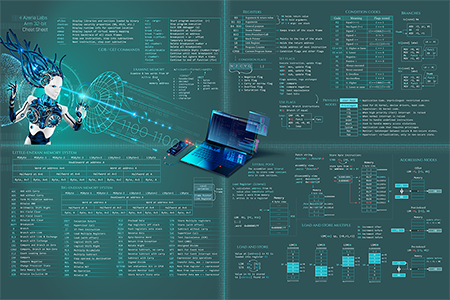Version 0.1 (alpha), released April 5, 2019.
Current features:
- Most user-mode ARM instructions for 32-bit ARM and 16-bit Thumb.
- Automatic assembly of instructions as you type.
- Automatic highlighting of zero-bytes in output as you type.
Coming soon:
- Thumb-2, ARM64, privileged instructions
- Support for LDR rX, =label pseudo-instructions
- Support for mobile and older browsers like IE < Edge
- Support for save / download
- Support for undo / redo and other keyboard shortcuts



